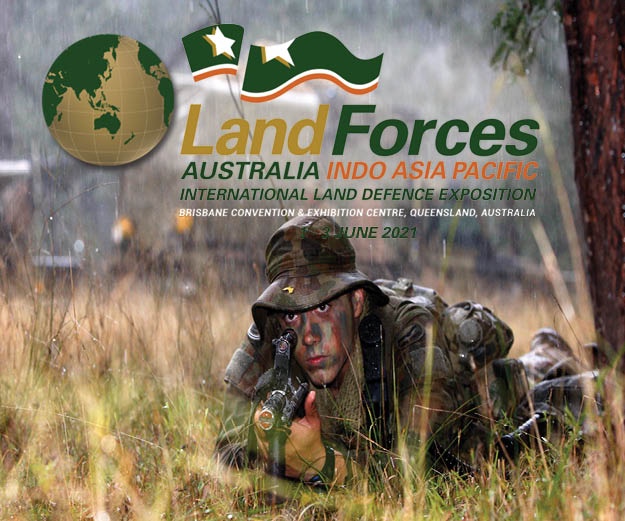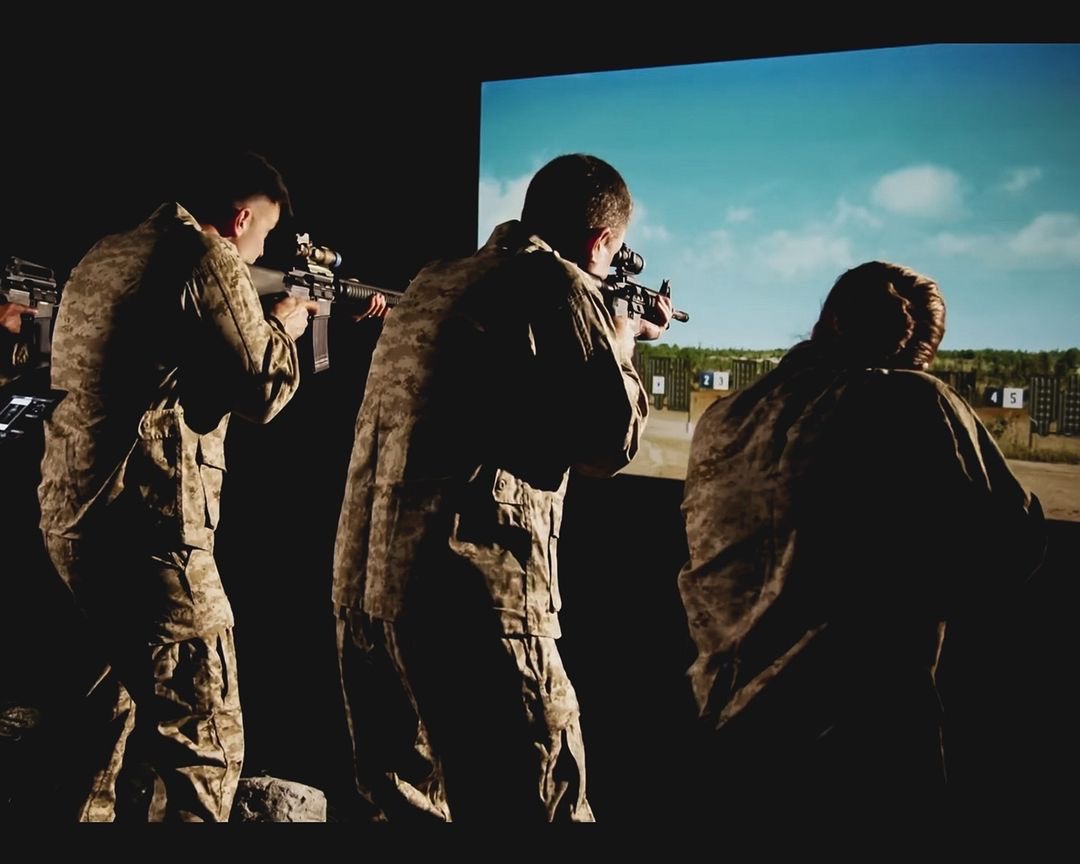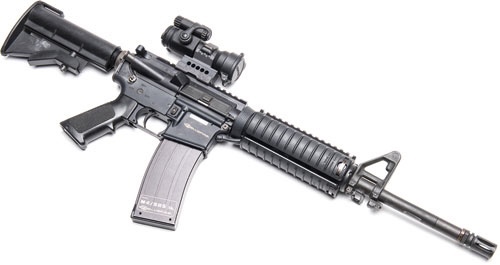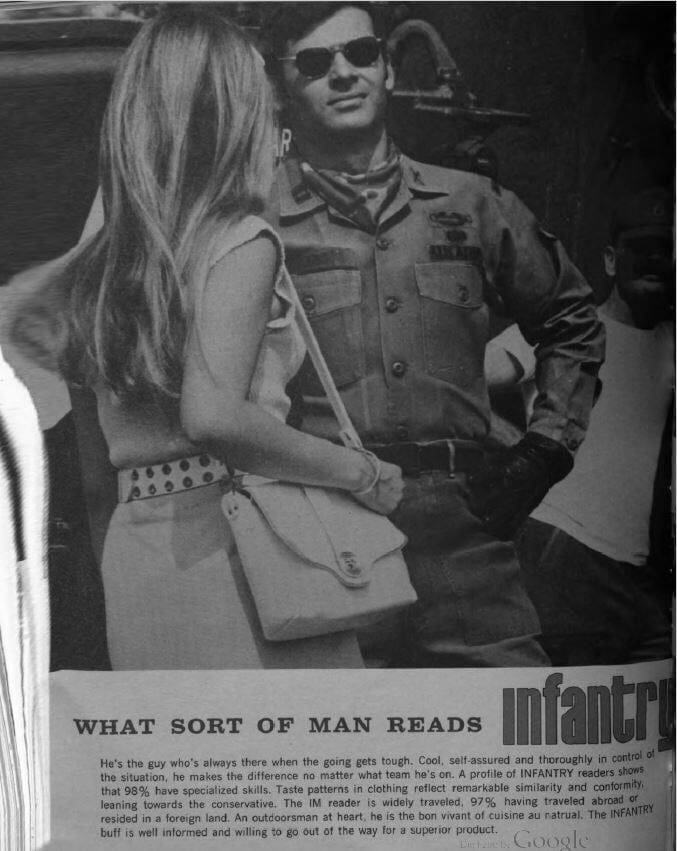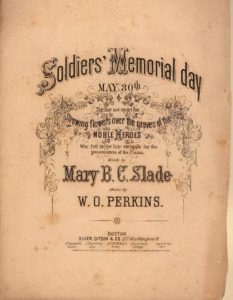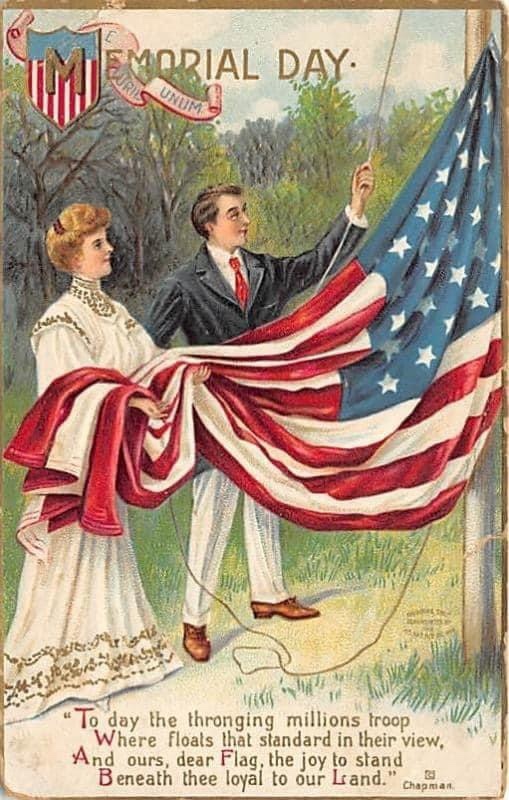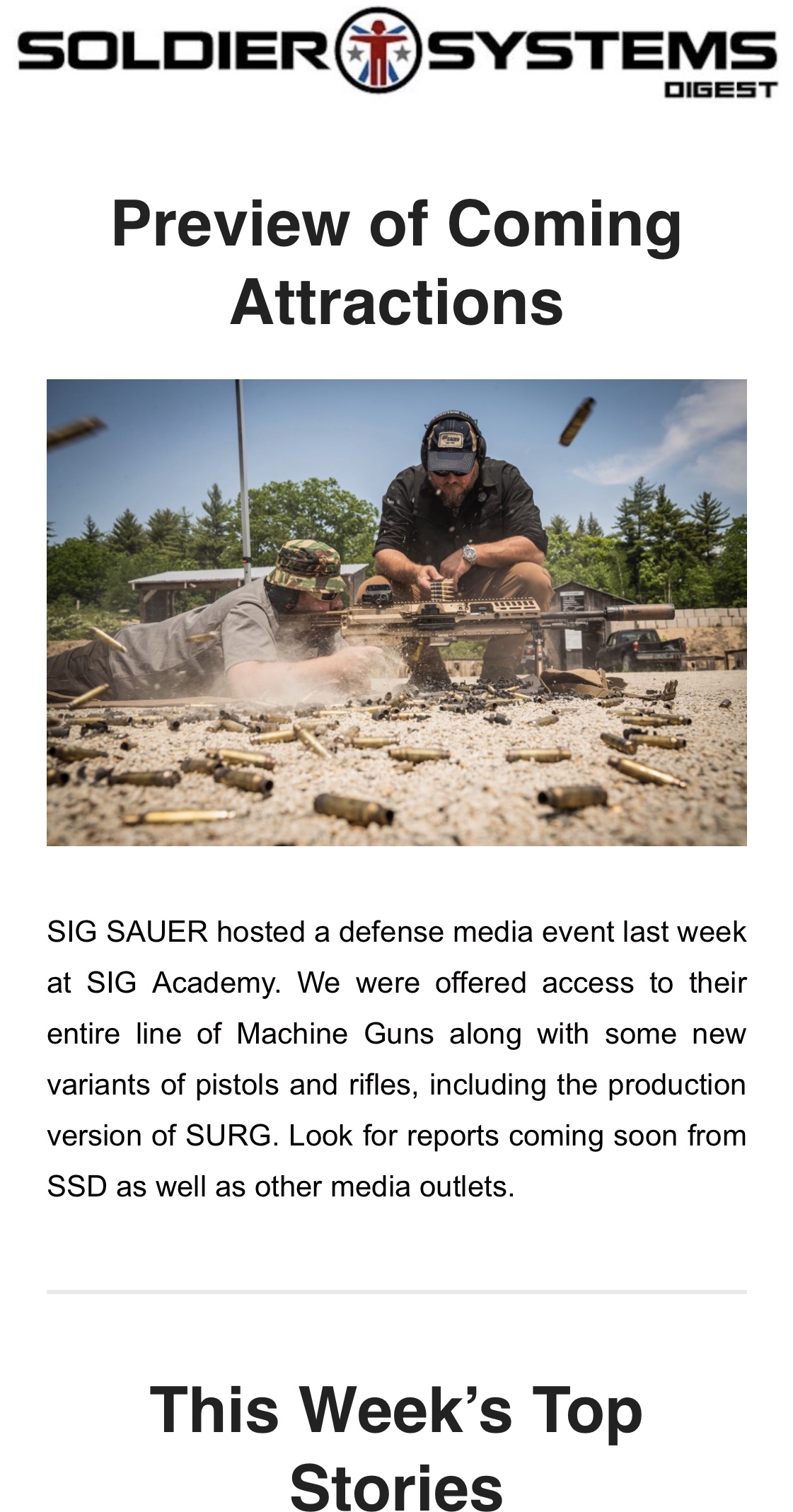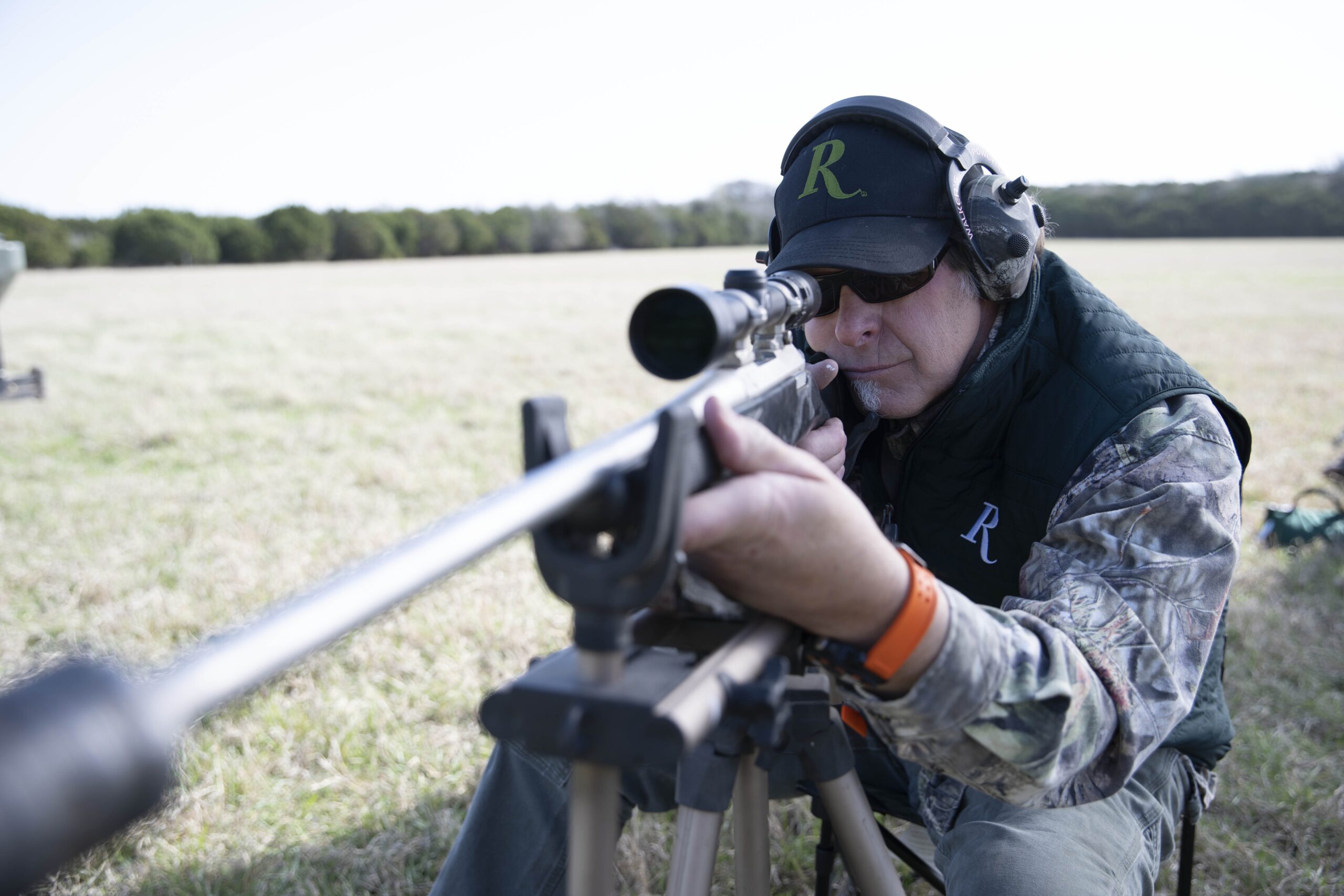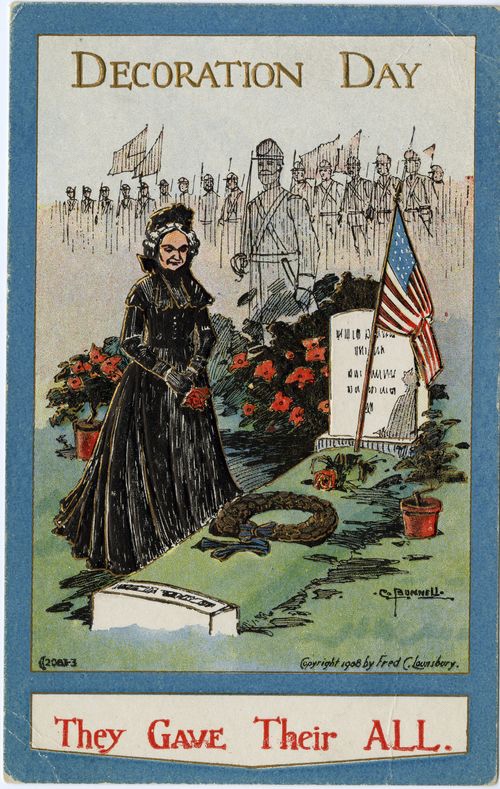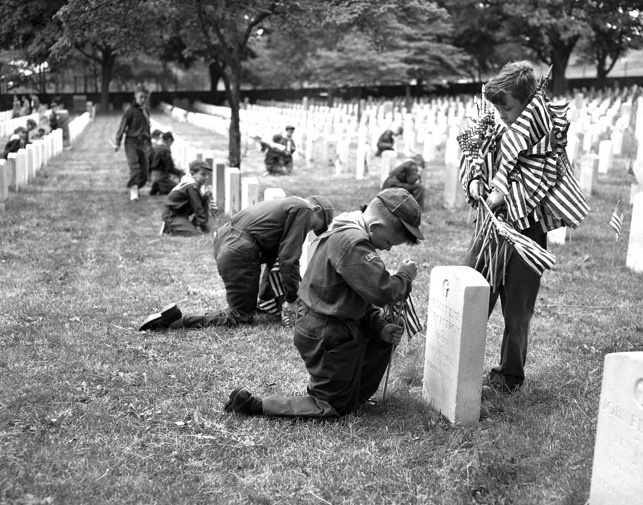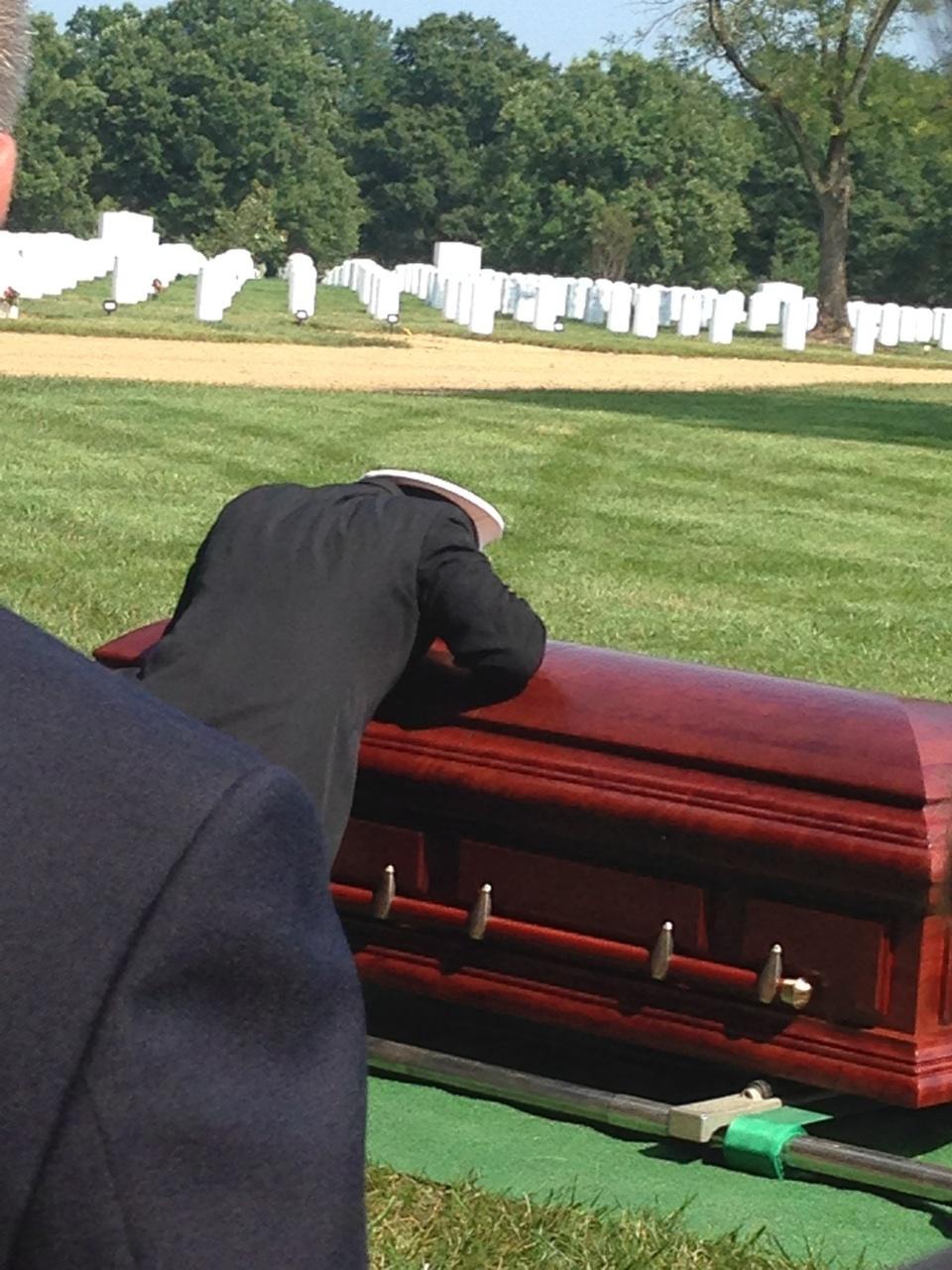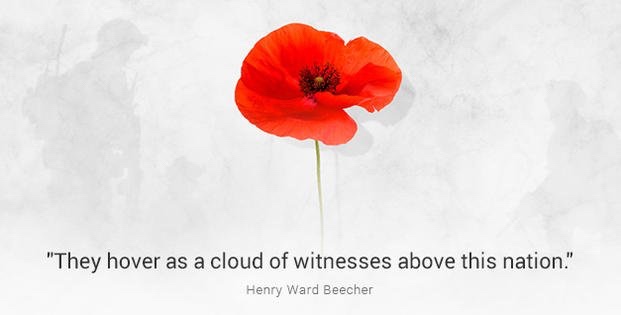QUANTICO, VA —
The Marine Corps is modernizing and reshaping its force for the future naval expeditionary fight.
Future naval warfare, specifically in the Indo-Pacific region, will require increased mobility and active communication to circumvent difficult situations. Improving battlefield communication is a major aspect of the Marine Corps’ modernization efforts to meet this future fight.
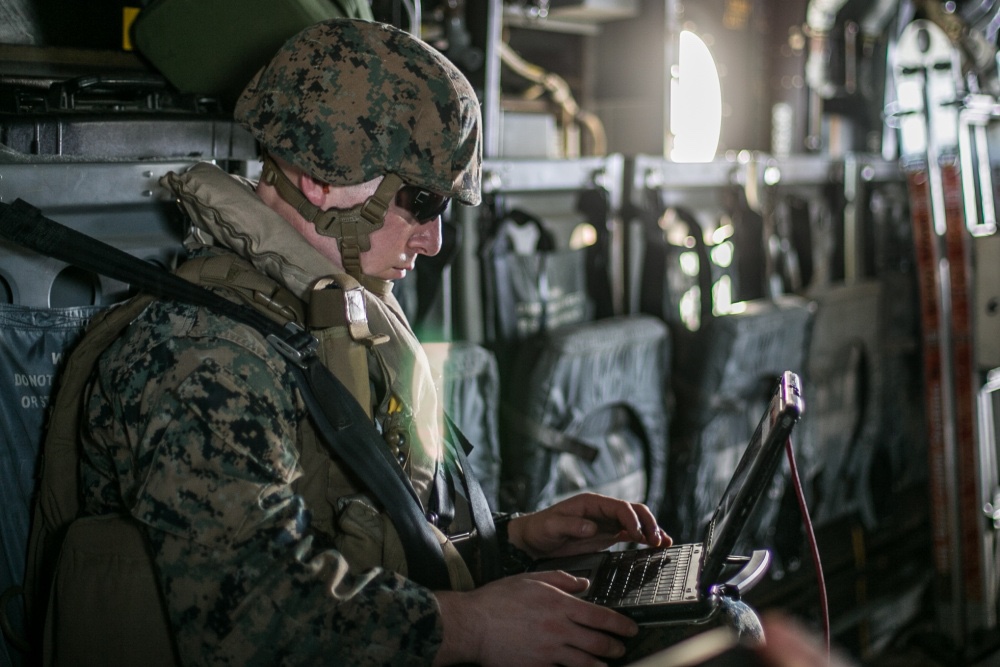
Over the past few years, Marine Corps Systems Command has begun acquiring new, cutting-edge communication technology to support future battlefield objectives, particularly those that may affect the Indo-Pacific battlespace.
“Our modernization investments provide Marines capabilities with redundancy and resiliency across the electromagnetic spectrum so Marines can communicate, conduct command and control, increase situational awareness and enable informed decision-making in the battlespace,” said Col. Robert Bailey, portfolio manager for MCSC’s Command Element Systems.
The electromagnetic spectrum encompasses the entire range of wavelengths or frequencies of electromagnetic radiation emitted through communication devices, such as radios and tablets. Bailey said the Marine Corps intends to operate effectively in this complex and dynamic environment against adversaries looking to do the same.
To support this goal, the Marine Corps has invested in capabilities that improve communication and increase situational awareness.
“We must ensure that Marines’ communication and navigation systems have the ability to continue to operate in a denied, degraded and low-bandwidth electromagnetic environment.”
Col. Robert Bailey, the portfolio manager for MCSC’s Command Element Systems.
Bailey said navigating this environment requires providing the right set of command and control, communication, and situational awareness applications and services when disconnected from the Marine Corps Enterprise Network.
“The Command Element Systems portfolio at SYSCOM is providing the capabilities that will enable commanders to maneuver within the information environment,” said Bailey.
Navigating the electromagnetic spectrum
In recent years, MCSC has focused its efforts on providing Marines with ways to securely and effectively transmit data while on-the-move in an ever-evolving battlespace. Bailey noted how effective communication links sensors to shooters and supports commanders in making well-informed, rapid decisions.
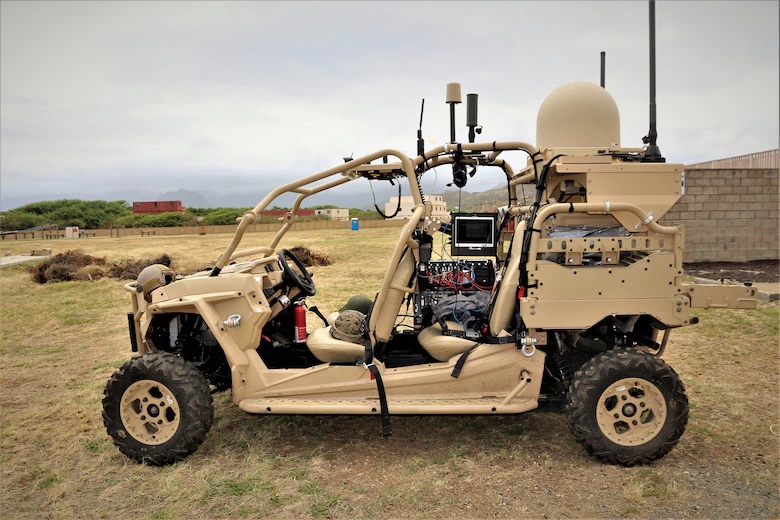
Networking On-the-Move is a mobile, satellite communication system that enables Marines to connect to networks and communicate while mobile or stationary on the battlefield, enabling flexibility when portions of the electronic spectrum are denied.
“The NOTM capabilities provide Marines with internet on the move, similar to inflight internet or cellular service while driving,” said Lt. Col. Austin Bonner, a product manager with MCSC’s Command Element Systems portfolio. “Marines can employ NOTM to securely transmit critical information to commanders and increase situational awareness in hostile environments.”
The vehicle kit, which began fielding in 2015, comprise both air and ground capabilities Marines to seamlessly share data and communicate over video and by voice.
NOTM can be used on most ground and air platforms, from a Joint Light Tactical Vehicle to an MV-22 Osprey, said Bonner.
Navigation systems are also important when operating in electromagnetic environments. The Military GPS User Equipment is a next-generation, handheld navigation capability that provides positioning, navigation and timing capabilities to warfighters while executing missions.
Bailey said MGUE enables Marines to operate in an increasingly contested electromagnetic environment.
“MGUE is effectively a GPS modernization program designed to increase resiliency and PNT capability in the current and future contested environments,” said Bailey. “It reflects a natural evolution of GPS technologies.”
MCSC has also been developing a family of systems to create an advantage for Marines and joint forces in electronic warfare.
In 2020, MCSC began developing the MAGTF Electronic Warfare Ground Family of Systems, which helps Marines sense, attack and defend against electromagnetic threats.
MEGFoS is a series of portable technologies that can be used at fixed sites, on tactical vehicles or while dismounted to maneuver effectively within the electromagnetic spectrum. It includes common, multiservice interfaces to share information across the joint forces.
MEGFoS helps Marines sense, attack and defend against electromagnetic threats, said Bailey. These capabilities comprise a vehicle-mounted electronic technology and counter radio-controlled improvised explosive devices.
“This family of systems will enable Marines to command the electromagnetic spectrum against a peer adversary, providing the Marine Corps the ability to maneuver effectively inside the spectrum and deny our adversaries that ability,” said Greg Schmidt, product manager for MCSC’s Electronic Warfare Systems.
MCSC also oversees intelligence systems that will help the Marine Corps achieve future goals.
In 2020, MCSC began fielding the Integrated Broadcast Receiver. The IBR is a rugged, tactical terminal that provides critical situational awareness information in real time for air, ground and maritime operations.
The IBR provides commanders with direct access to critical, time-sensitive intelligence data that can be used in environments with little internet connectivity. It enables Marines and commanders to leverage data to support Marine Corps missions, such as connecting sensors to shooters.
“We need to ensure that data is available to Marines, commanders and other decision-makers at the right levels, in the right amounts and at the time of need,” said Bailey. “IBR helps us accomplish this goal.”
Rendering desired outcomes
Thirty-eighth Commandant of the Marine Corps Gen. David Berger outlined in his Planning Guidance his vision to redesign the Corps and meet future naval objectives to align with the National Defense Strategy.
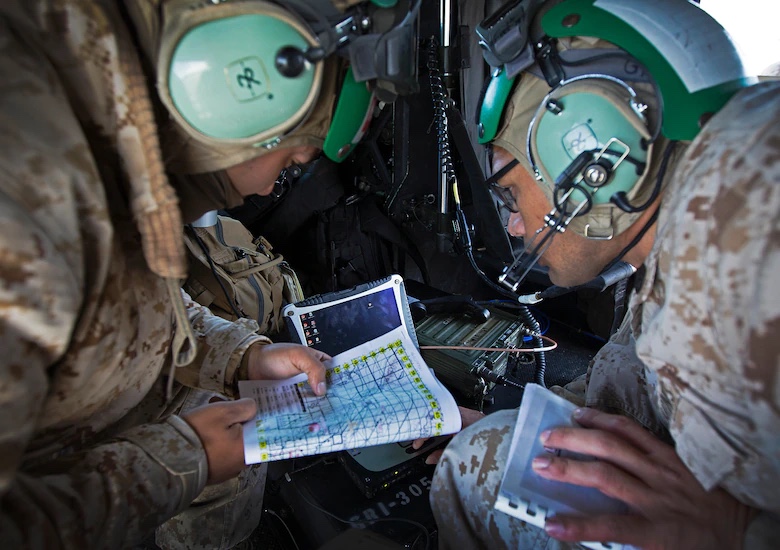
Bailey said effectively maneuvering within the electromagnetic spectrum is crucial to meeting the commandant’s vision for achieving force design objectives and winning the future fight.
“To compete and win against our adversaries in our security environment today, the Marine Corps must be properly organized, trained and equipped,” said Bailey. “Changing how we train and operate, organize and equip the Marine Corps is the fundamental call to action of [Force Design 2030].”
Increased, effective communication is a catalyst in meeting future objectives on the battlefield, said Bailey. This cannot be accomplished without innovative equipment and modern wargaming analytical tools tailored to a 21st century battlespace.
MCSC is delivering modern capabilities designed to communicate data, support critical decision-making and enable action.
“It’s about getting information to Marines in a usable way that makes sense, so they can make decisions that render desired outcomes in communications-disadvantaged environments,” said Bailey. “Our goal is to make sure our Marines are never in a fair fight, and these investments we’re making to meet modernization objectives give Marines that competitive advantage.”
Matt Gonzales, Marine Corps Systems Command


